

Currently, in 2024, the national debt is at an all-time high of $36.4 trillion. The interest alone on the debt equals $870 billion, with an expected increase to $12.4 trillion in the next ten years or so. Despite this high-interest fee, this hasn’t stopped money from being spread thin. The planned defense budget in 2024 is $822 billion.
It’s worth mentioning that these numbers alone cannot be held against the president. For example, the president in the number one position on this list was in office during World War I, and this event caused the national debt to increase at substantial rates. Even the second-highest president on this list served during a difficult time often called the Great Depression, where everyone was struggling. Sometimes, other parties besides the president can cause changes to the debt, especially when their actions influence GDP growth, which is why it’s important to pick Senators who do a lot while in office.
However, a lot of debt occurs due to a lack of tracking the budget properly, or frivolous spending by federal agencies wasting taxpayer money. Additionally, the fact that only two of the presidents on this list had a decrease in debt signifies that this is a serious issue that people and the government need to address.
All the information below and the numbers above were pulled from the U.S. Treasury Department. Focusing only on the presidents from the 20th and 21st centuries, take a look at the ones who worked hard to decrease the budget, and those who played a pivitol role in making the budget as high as it is in 2024.
Why It Matters
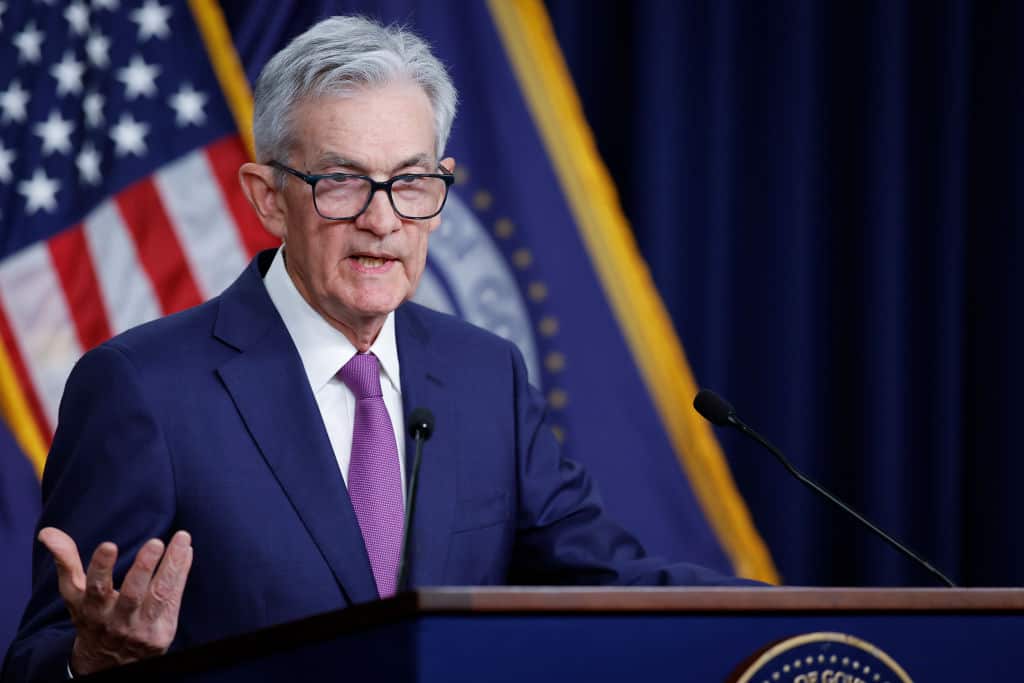
With higher national debts come high borrowing costs. This means that a lot of money is going towards interest payments instead of important funding that benefits the public, such as research, education, and infrastructure. The higher national debt also means that the government is more limited in what they’re able to do in times of crises and must resort to cutting back on social safety net programs to make ends meet. The budget is the chief responsibility of Congress and the President, and people need to understand what some presidents have done with this budget.
21. Calvin Coolidge
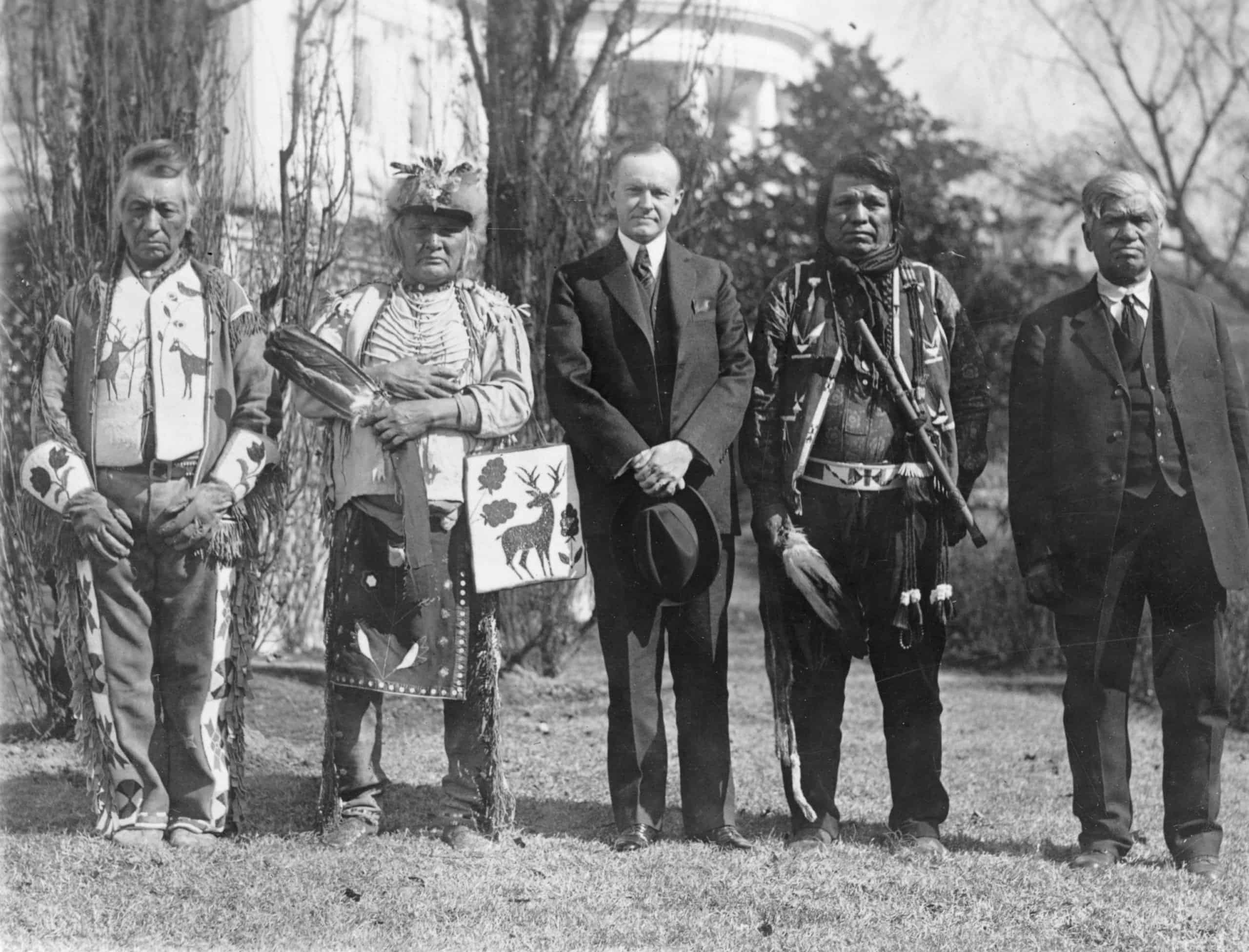
- Years in office: 1923 to 1929
Calvin Coolidge was the 30th U.S. President. He was a Republican and served from 1923 to 1929. From year to year during this period, the average annual national debt decreased by an average of 4.5 percent, or $903 million.
Over six years, this is a pretty large loss of debt. In total, there was a decrease of 24.2 percent, or $5.4 billion. When Coolidge started his presidency, the national debt was roughly $22.3 billion, but by the end, it was only $16.9 billion.
20. Warren G. Harding
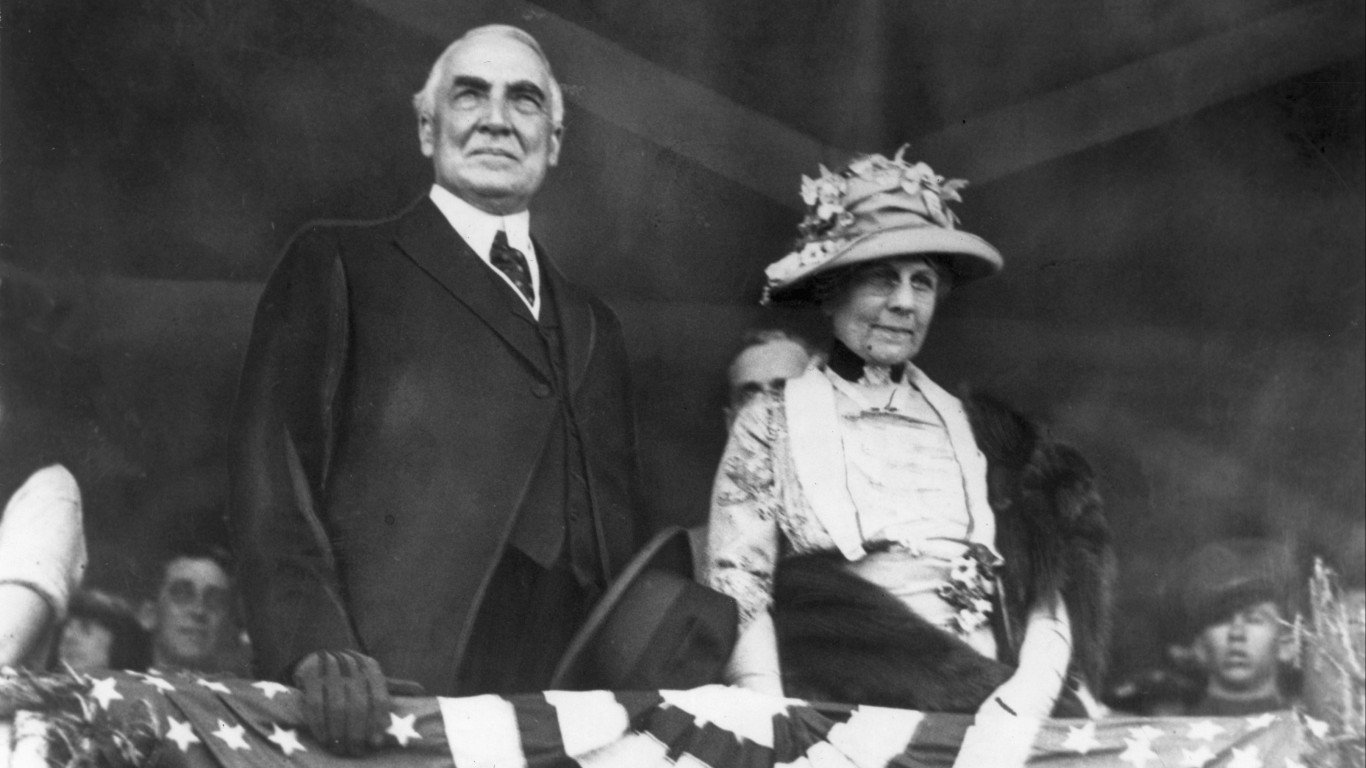
- Years in office: 1921 to 1923
Warren G. Harding was the president before Coolidge, also a Republican. He passed away in office, but not before his term saw some changes to the national debt. Per year, the debt decreased on average by -3.5 percent ($813.9 million). This totaled to a decrease of 6.8 percent ($1.6 billion) by the end of his term.
In 1921, the year of Harding’s election, the debt totaled $24 billion. After he passed in 1923, the debt had dropped to $22.3 billion.
19. Harry S. Truman
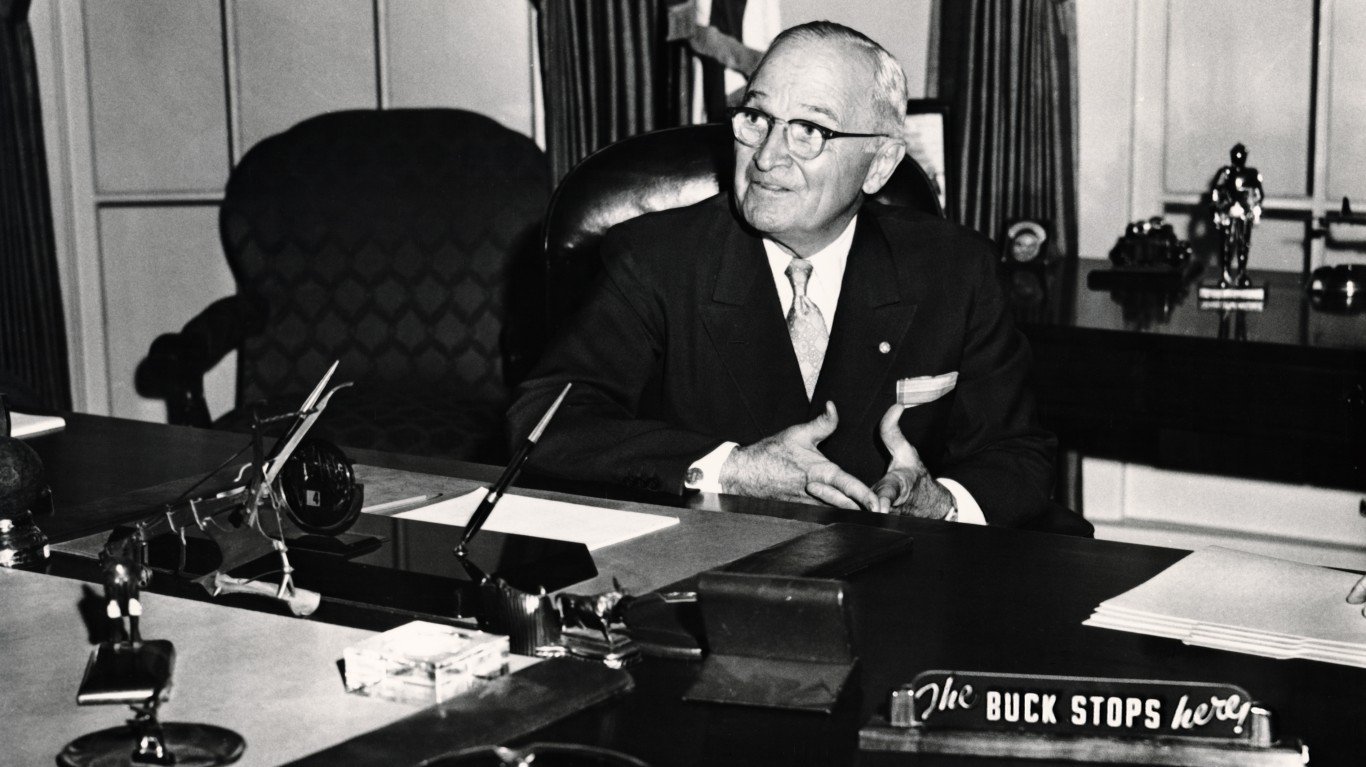
- Years in office: 1945 to 1953
Democratic Harry S. Truman, number 19 on this list, is the first to show an increase in the debt, instead of a decrease. The amount was small, an average of 0.4 percent ($932.6 million) a year for a total increase of 2.9 percent ($7.4 billion)
At the beginning of his presidency, in 1945, the debt was $248.7 billion. However, when he left office in 1953, it had grown to $266.7 billion.
18. Dwight D. Eisenhower
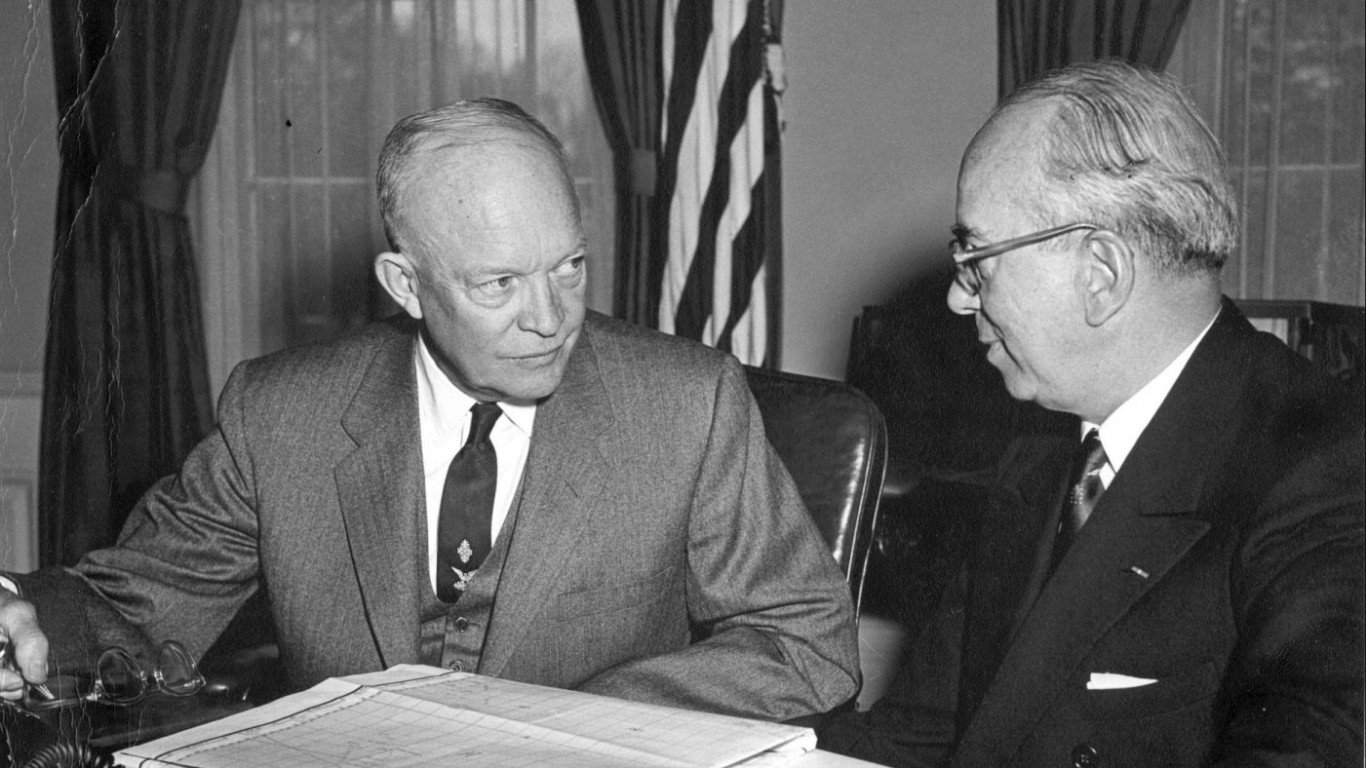
- Years in office: 1953 to 1961
Dwight D. Eisenhower was a Republican who was president from 1953 to 1961. During that time, the national debt increased by 8.6 percent ($22.9 billion), or an average of 1 percent ($2.9 billion) per year.
In 1953, at the beginning of his term, the national debt was $266.1 billion. When he left office in 1961, this same debt sat at $289 billion.
17. Lyndon B. Johnson
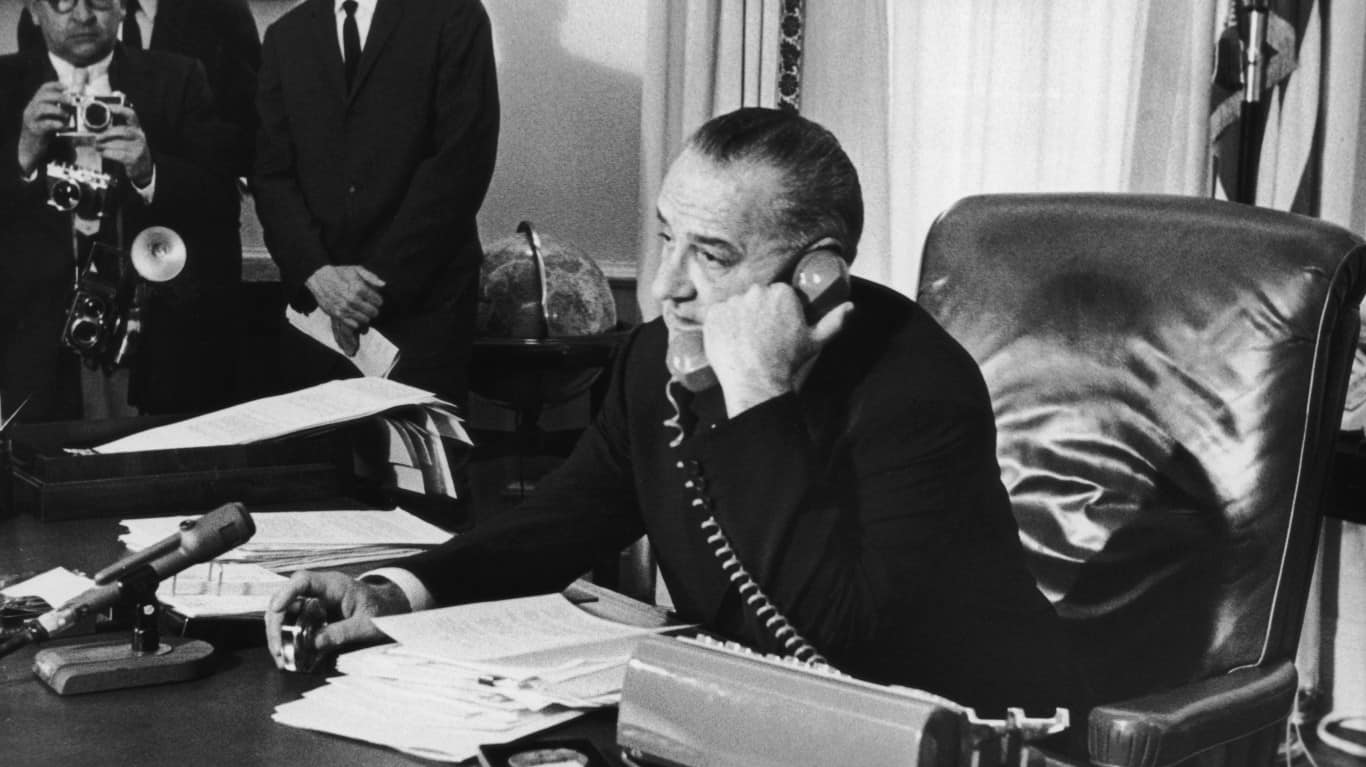
- Years in office: 1963 to 1969
Lyndon B. Johnson was a Democratic president who was in office for six years. During those six years, the national debt increased by an average of 2.5 percent ($8 billion) for a total of 15.6 percent ($47.9 billion) increase during his presidency.
When he started in 1963, the national debt was $305.9 billion. In 1969, Johnson’s last year of presidency, the debt was $353.7 billion.
16. William Howard Taft
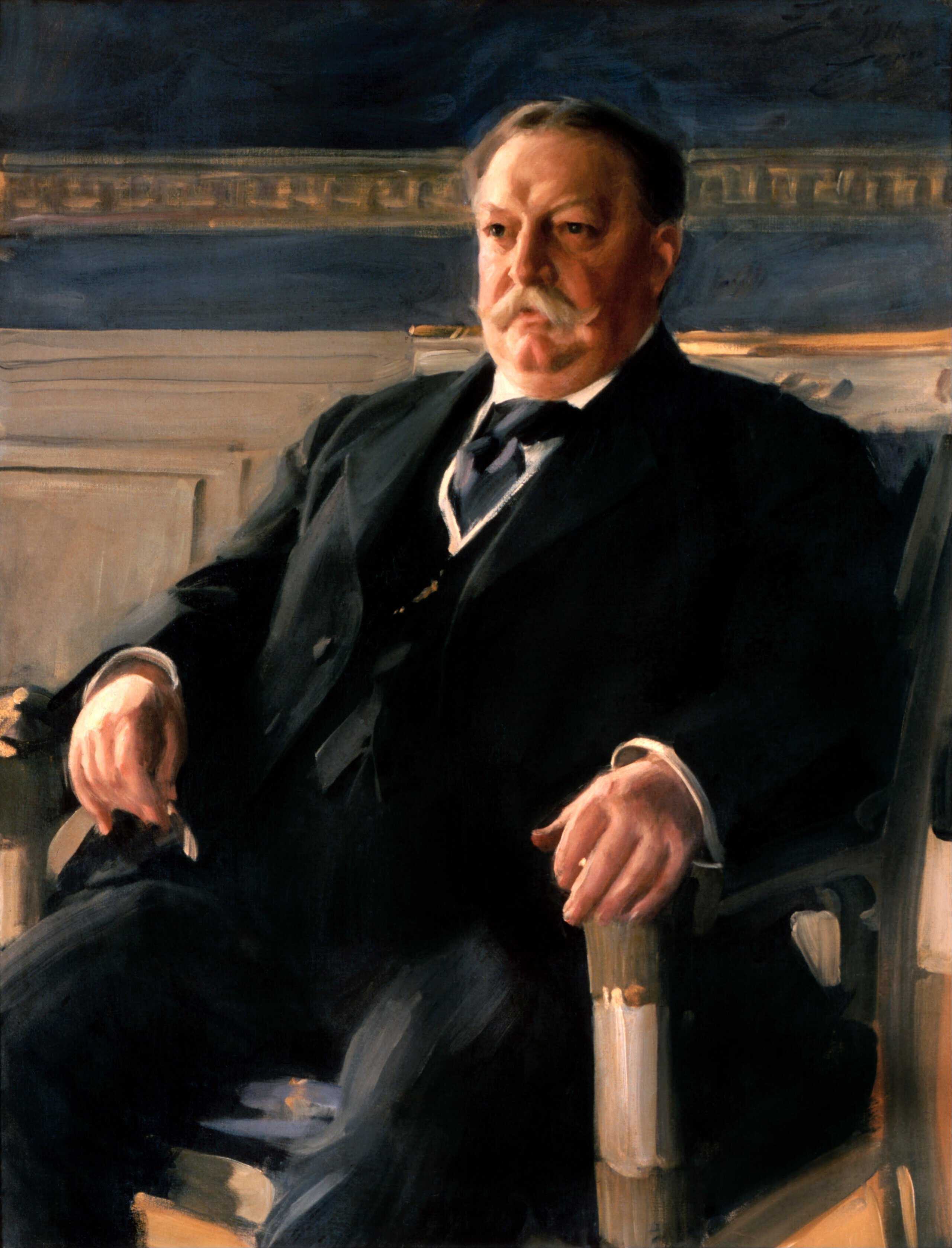
- Years in office: 1909 to 1913
William Howard Taft was a republican president who increased the debt by 10.5 percent ($276.7 million). Per year, the average national debt increase was roughly 2.5 percent ($69.2 million).
In 1909, at the start of his presidency, the debt was roughly $2.6 billion. When he left in 1913, the national debt was $2.9 billion.
15. Theodore Roosevelt
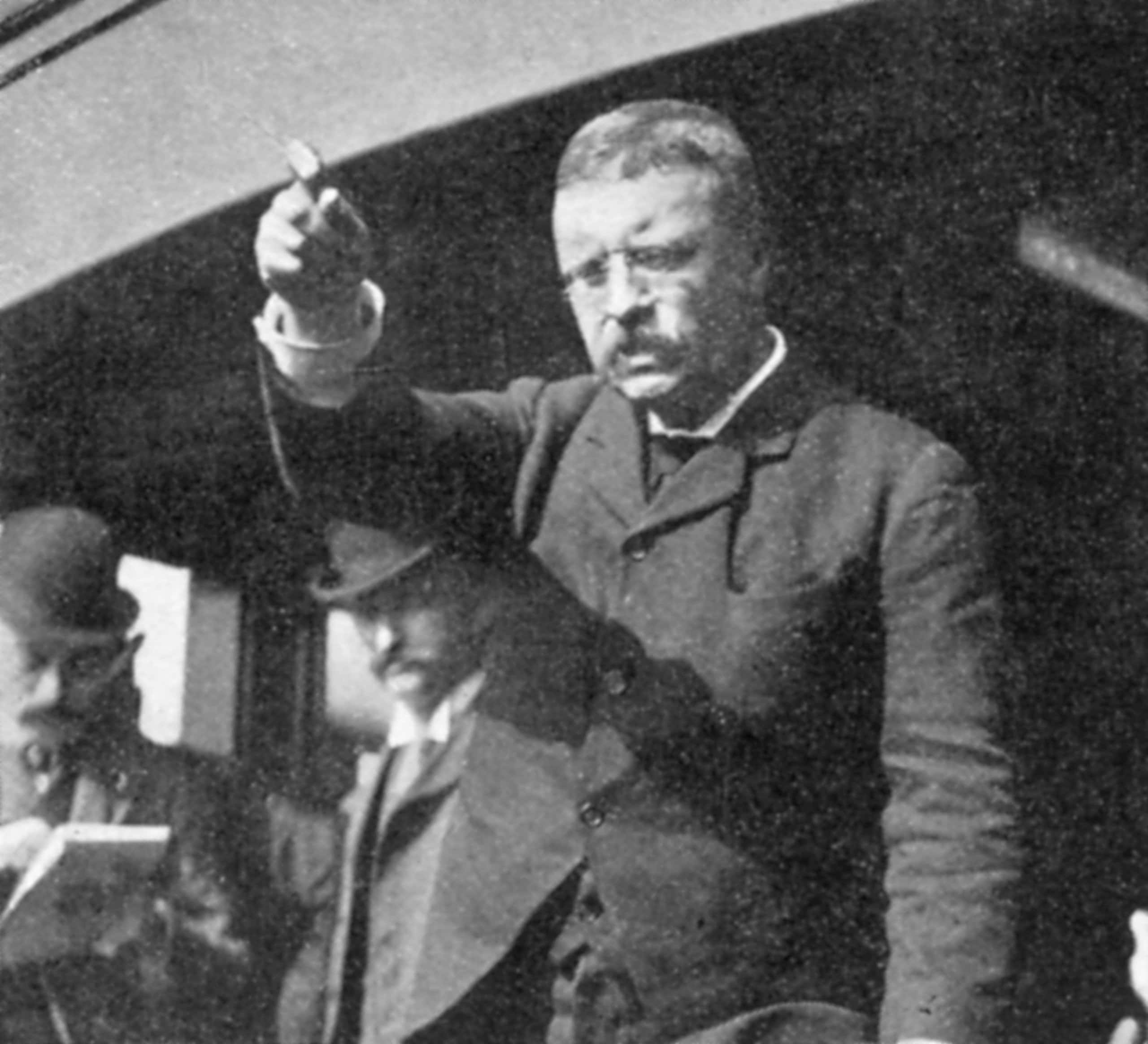
- Years in office: 1901-1909
Theodore Roosevelt was a republican president. During his presidency, the national debt increased by 2.6 percent ($62 million) on average per year. Having run for a full two terms, this totaled up to 23.2 percent ($496.2 million).
This meant that the national debt crept up from $2.1 billion in 1901 to $2.6 billion in 1909.
14. John F. Kennedy
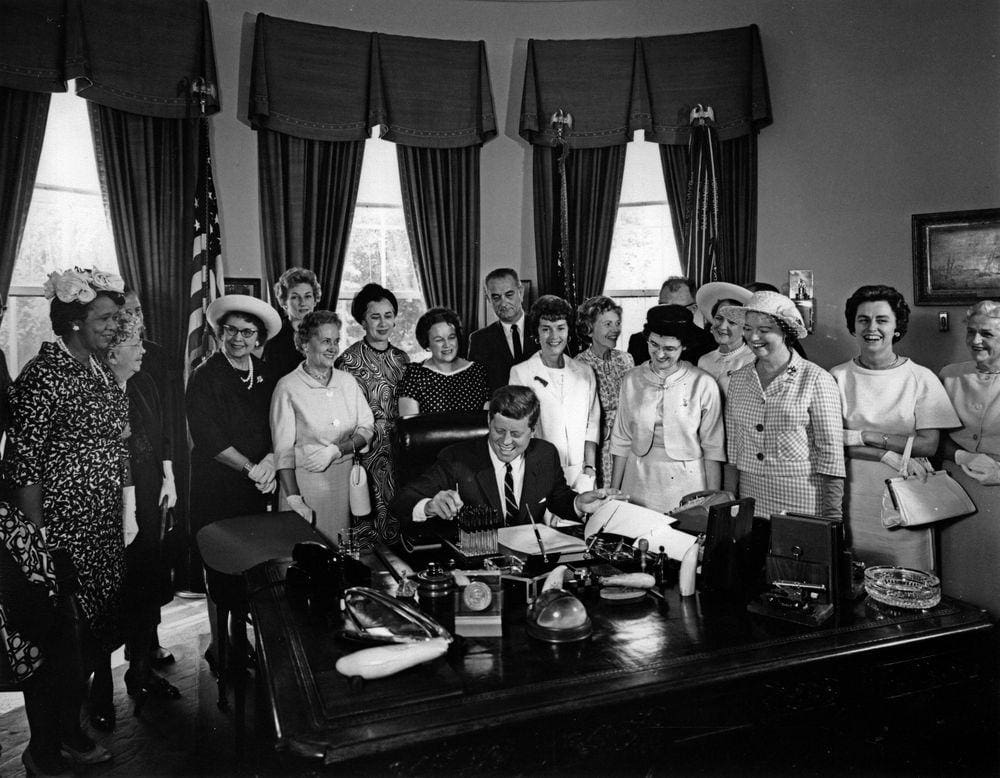
- Years in office: 1961 to 1963
John F. Kennedy, a democratic president, had a short presidency, but the national debt still managed to climb up quite a bit during this time. Though the total national debt only increased by 5.8 percent ($16.9 billion), per year, it increased by an average of 2.9 percent (8.4 billion).
This meant when he started, the debt was $289 billion. In the end, it had gone up to $305.9 billion.
13. William J. Clinton

- Years in office: 1993 to 2001
Democratic William J. Clinton was president for eight years. During that time, the national debt went up by 31.6 percent ($1.4 trillion), at an average rate of 3.5 percent ($174.5 billion) per year.
The debt started at $4.4 trillion. In 2001, the debt was at $58 trillion.
12. Richard M. Nixon
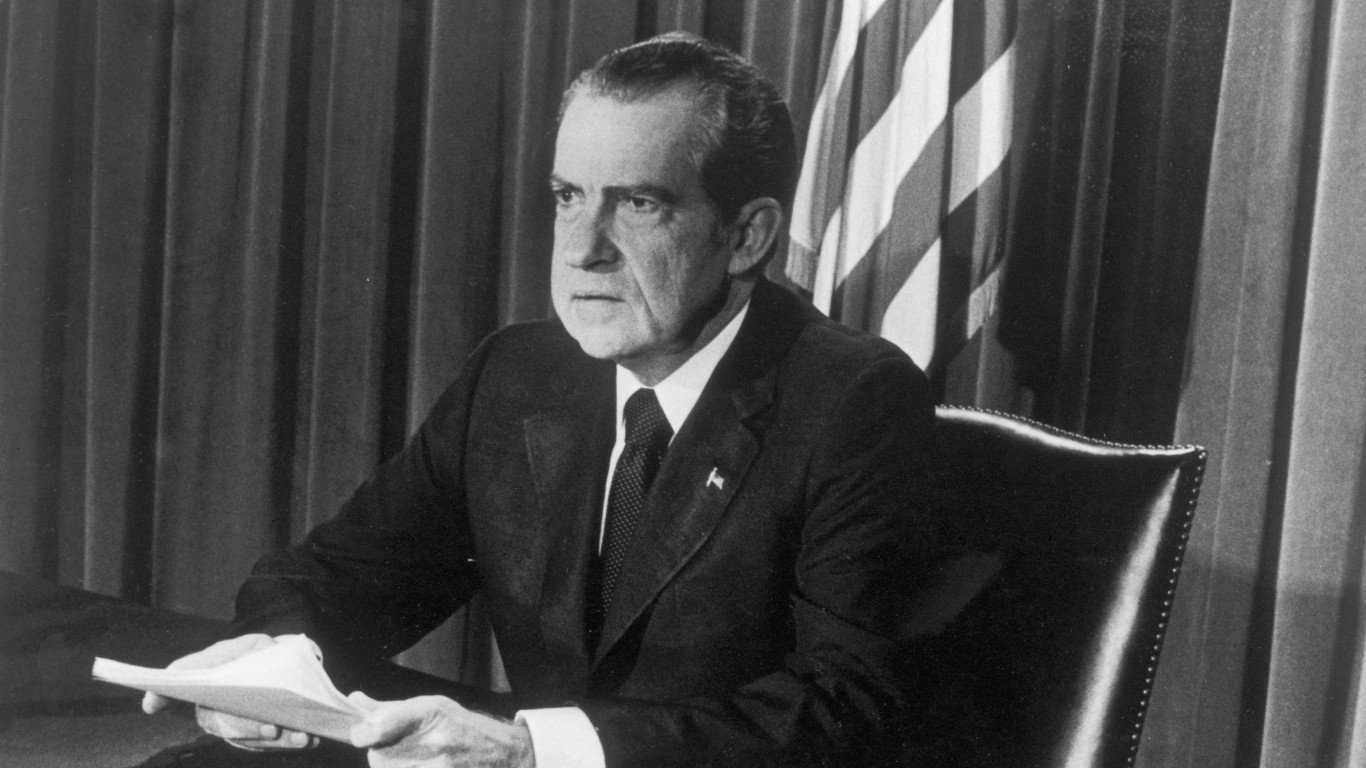
- Years in office: 1969 to 1974
Richard M. Nixon was a Republican president who was in office from 1969 to 1974. During that time, the national debt increased by a rate of 6.1 percent ($24.3 billion) a year, for a tota of 34.3 percent ($121.3 billion).
Initially, the national debt was $353.7 billion. It ended at $475.1 billion.
11. Barack Obama
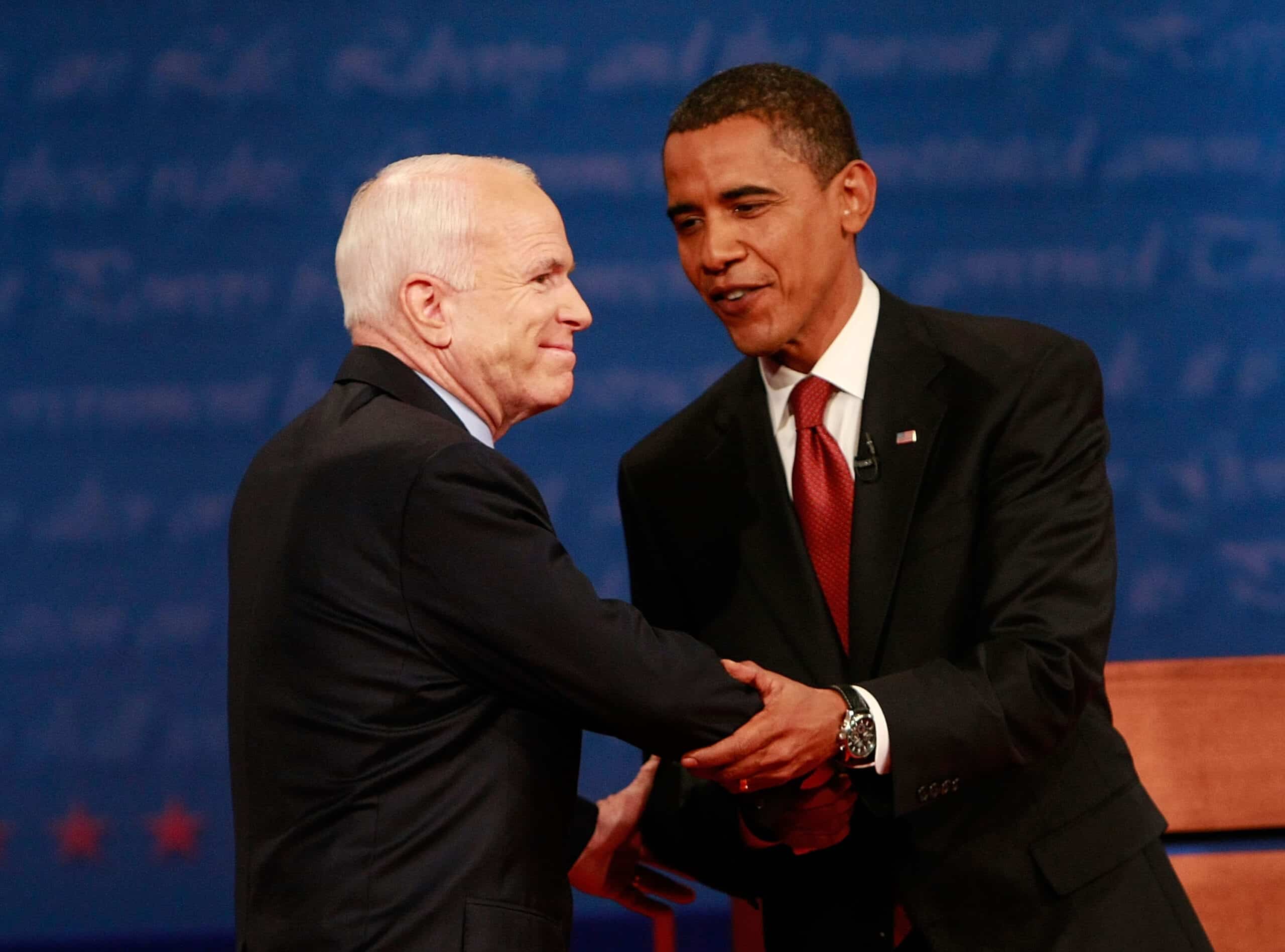
- Years in office: 2009 to 2017
Barak Obama was a Democratic president. During his presidency, the national debt increased at a rate of 6.9 percent ($1 trillion) a year. In total, this equaled 70 percent ($8.3 trillion) over his term as president.
The budget started at $11.9 trillion. In 2017, it was up to $20.2 trillion.
10. Herbert Hoover
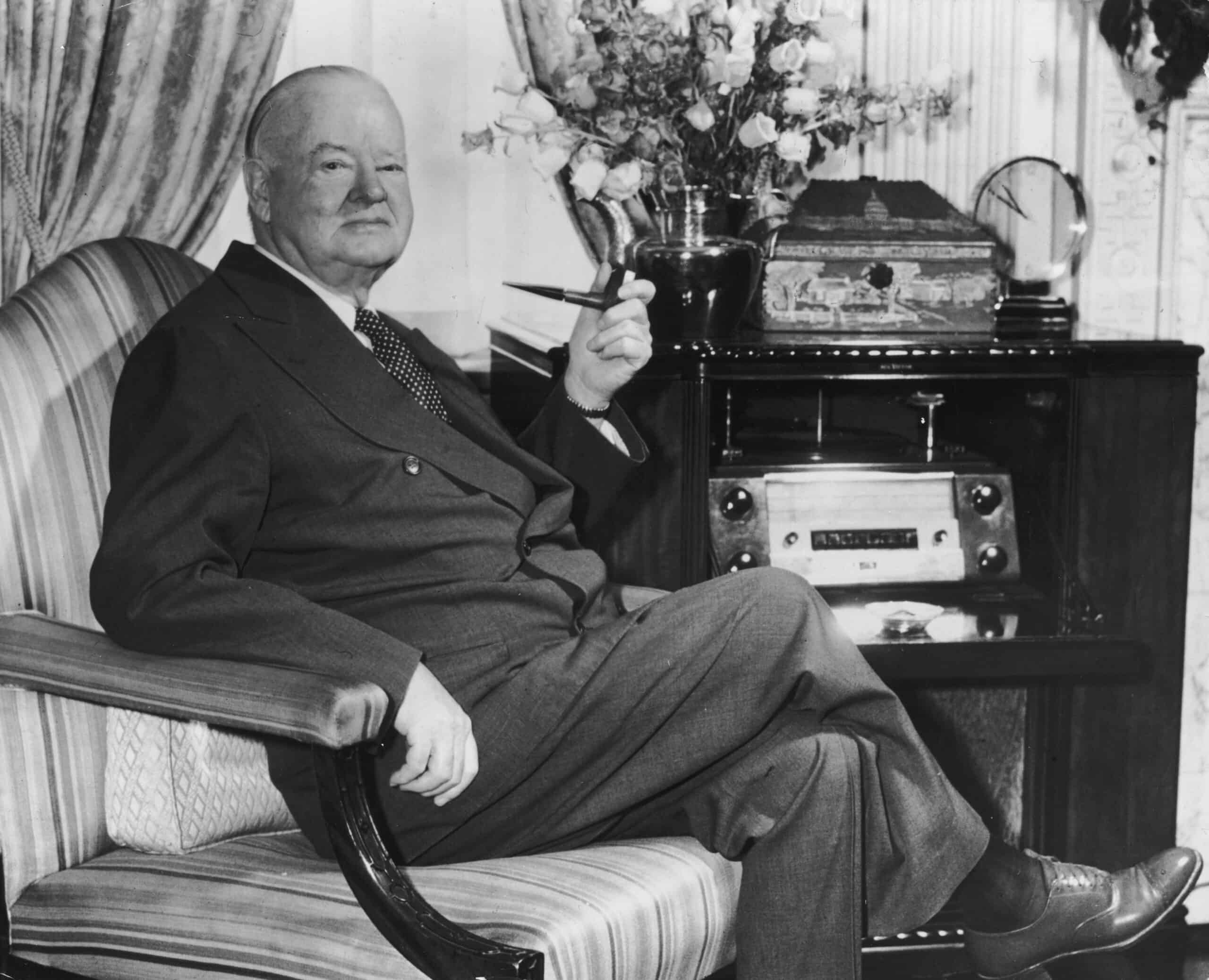
- Years in office: 1929 to 1933
Republican president Herbert Hoover raised the national debt by 33.1 percent ($5.6 billion) over his presidency, or roughly 7.4 percent ($1.4 billion) a year.
Initially, in 1929, the national debt was $16.9 billion. In 1933, it had reached $22.5 billion.
9. Joseph R. Biden Jr.
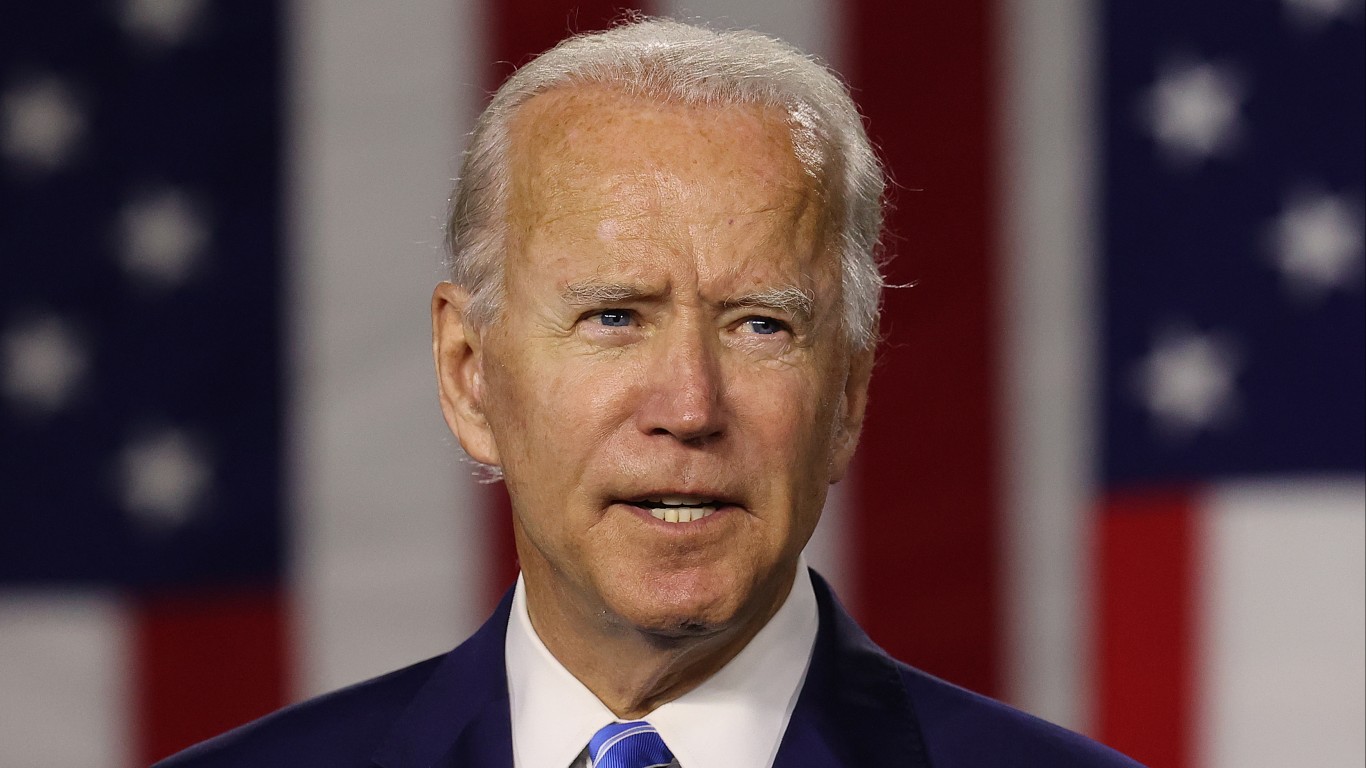
- Years in office: 2021 to present
Joseph R. Biden Jr. is the current democratic president in 2024. Though his term isn’t yet over, he’s already managed to reach number nine on this list. The national debt has increased by an average of 8 percent ($2.4 trillion) a year, from 2021 to 2023. This is a total of 16.7 percent ($4.7 trillion) increase.
In 2021, the debt was $28.4 trillion. At the end of the fiscal year in 2023, the number was $33.2 trillion.
8. Donald J. Trump

- Years in office: 2017 to 2021
Before Joe Biden, Donald J. Trump was the Republican president. During his four years, he managed to raise the national debt by 40.4 percent ($8.2 trillion), at an average rate of 8.9 percent ($2 trillion).
In 2017, the debt was $20.2 trillion. When he stepped down in 2021, it increased to $28.4 trillion.
7. Jimmy Carter
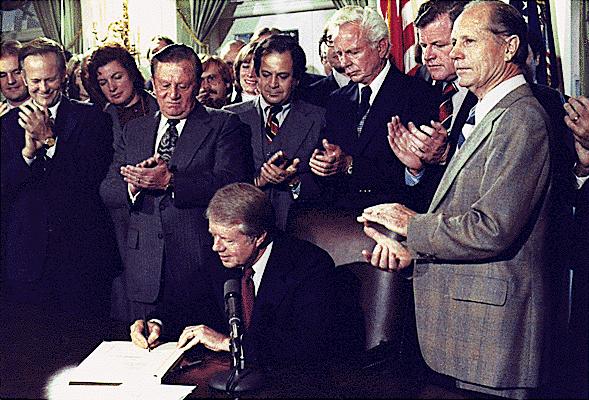
- Years in office: 1977 to 1981
Coming in at number seven is Democratic president Jimmy Carter who ran from 1977 to 1981. During this time, the national debt increased by 9.3 percent ($74.8 billion) a year, for a total of 42.8 percent ($299 billion).
In 1977, the national debt was $698.8 billion. It ended at $997.9 billion in 1981.
6. George W. Bush

- Years in office: 2001 to 2009
Republican president George W. Bush just barely skirts the top five of the list. Annually, the debt increased by an average of 9.4 percent ($762.8 billion). At the end of his terms, the national debt was 105.1 percent ($6.1 trillion) higher.
In 2001, the national debt was $5.8 trillion. In 2009, it was up to $11.9 trillion.
5. George H.W. Bush
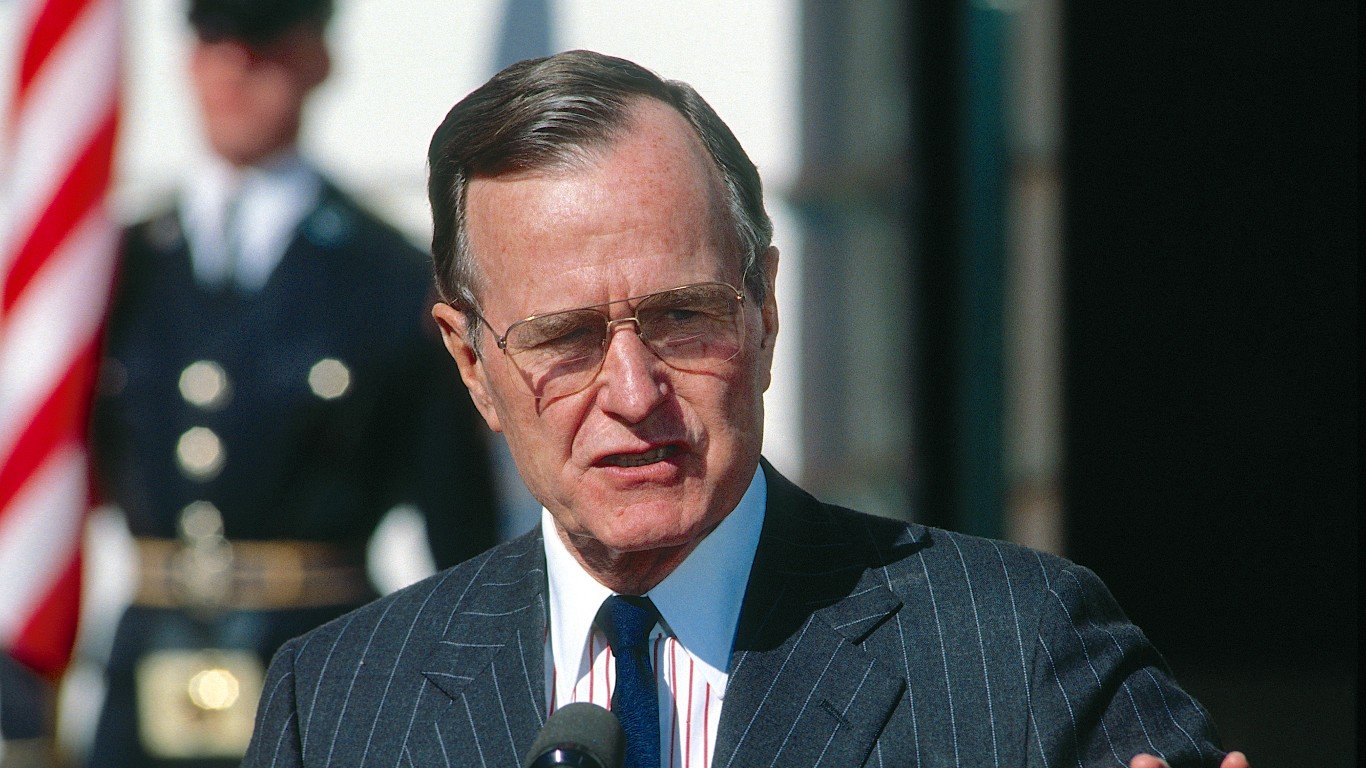
- Years in office: 1989 to 1993
George H.W. Bush was a Republican president in the late 1980s and early 1990s. During his time as president, the budget increased by a total of 54.4 percent ($1.6 trillion), for an annual average change of 11.5 percent ($388.5 billion).
The national debt in 1989 was $2.9 trillion. in 1993, it was $4.4 trillion.
4. Gerald R. Ford
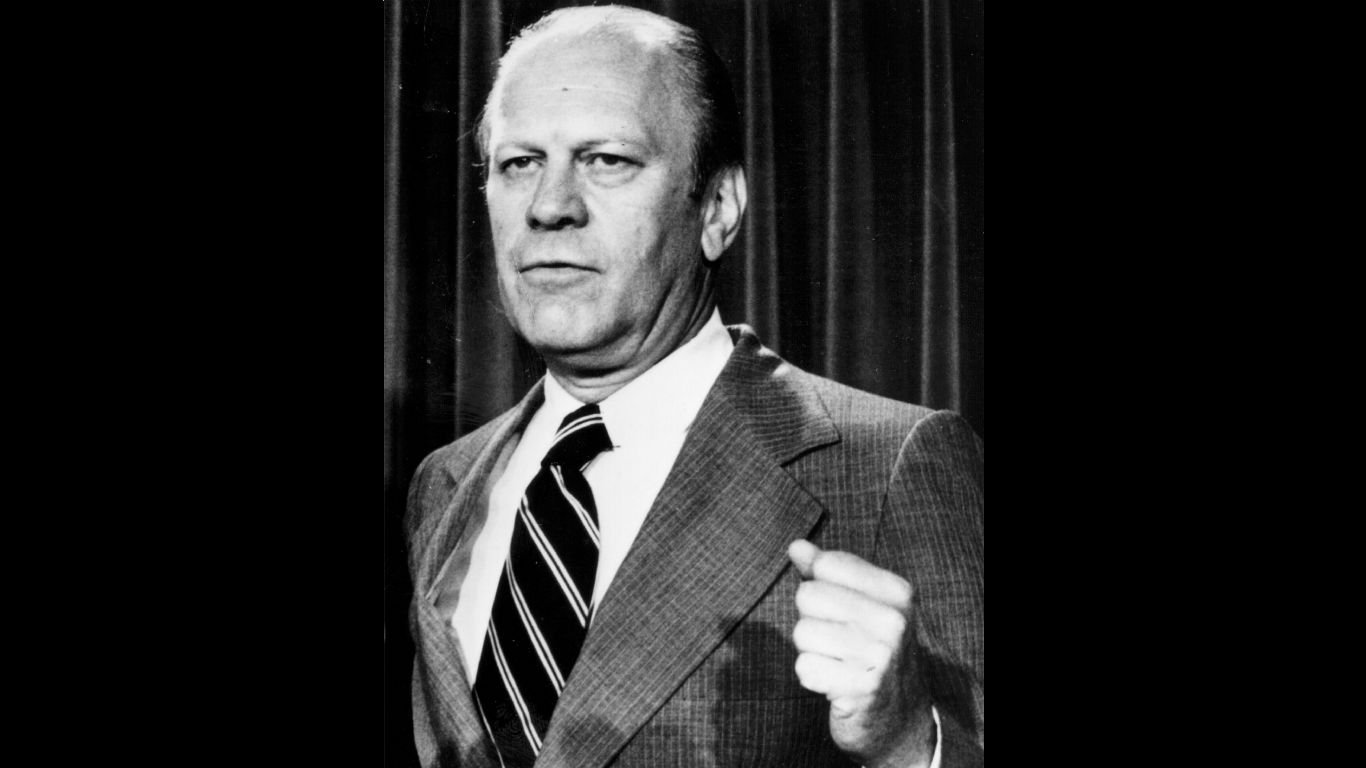
- Years in office: 1974 to 1977
Gerald R. Ford was a republican president in the 70s. During his time, debt increased by 47.1 percent ($223.8 billion), averaging out to 13.7 percent ($74.6 billion) a year.
What started as an already rather high $475.1 billion in 1974 increased to $698.8 billion in 1977.
3. Ronald Reagan
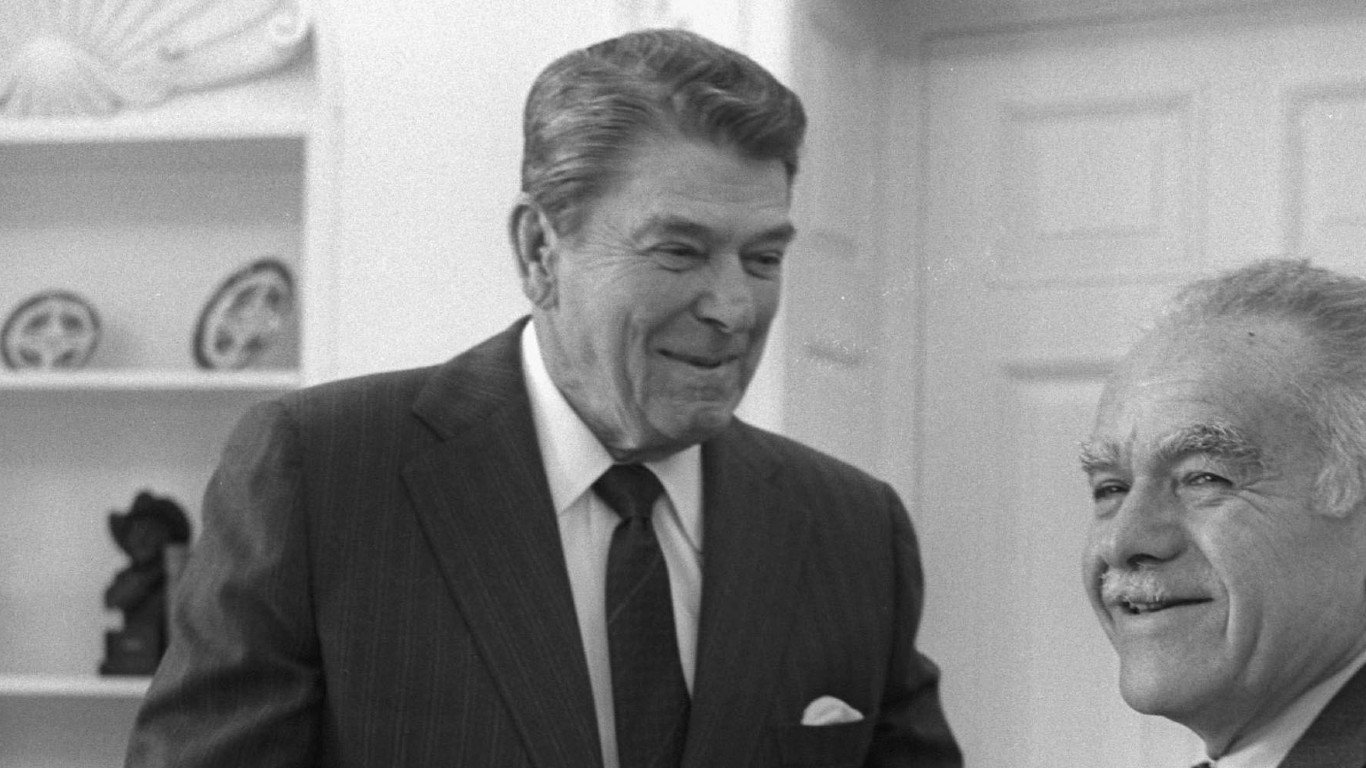
- Years in office: 1981 to 1989
Ronald Reagan was a Republican president who didn’t do a great job handling the national debt. Annually, the average debt increased by 14.1 percent ($232.4 billion). This totaled up to 186.4 percent ($1.9 trillion) by the end of his presidency.
To put those numbers into perspective, in 1981, the debt was $997.9 billion. When Reagen’s presidency ended in 1989, it had gone past billions to $2.9 trillion.
2. Franklin D. Roosevelt
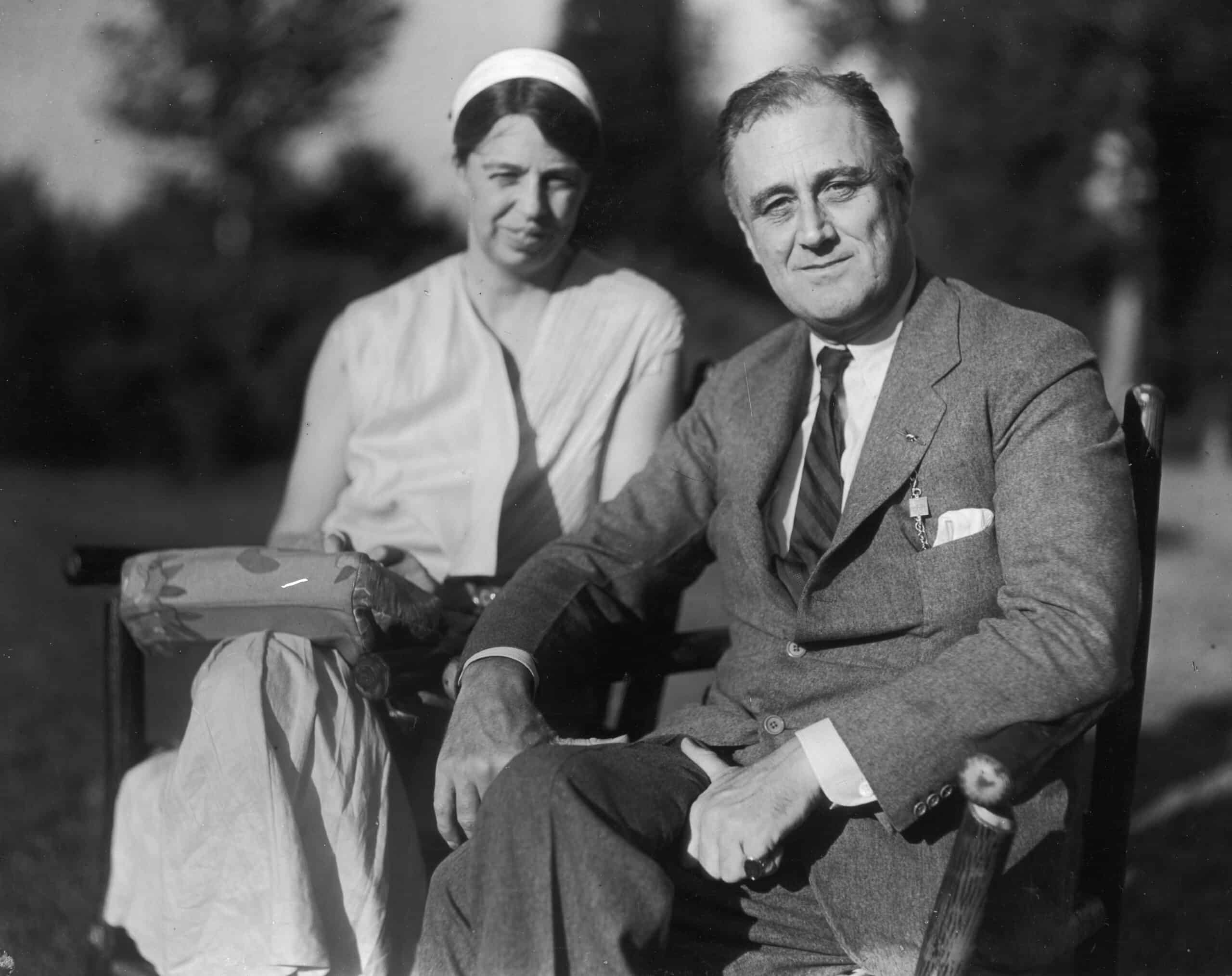
- Years in office: 1933 to 1945
Franklin D. Roosevelt, the democratic president who was in office from 1933 to 1945, is second on this list. He had a total debt increase of 1,047.7 percent ($236.1 billion), which averaged out to roughly 22.6 percent ($19.7 billion) a year.
In 1933, the debt was $22.5 billion. However, by the end of 1945, it went up to an unbelievable $258.7 billion.
1. Woodrow Wilson
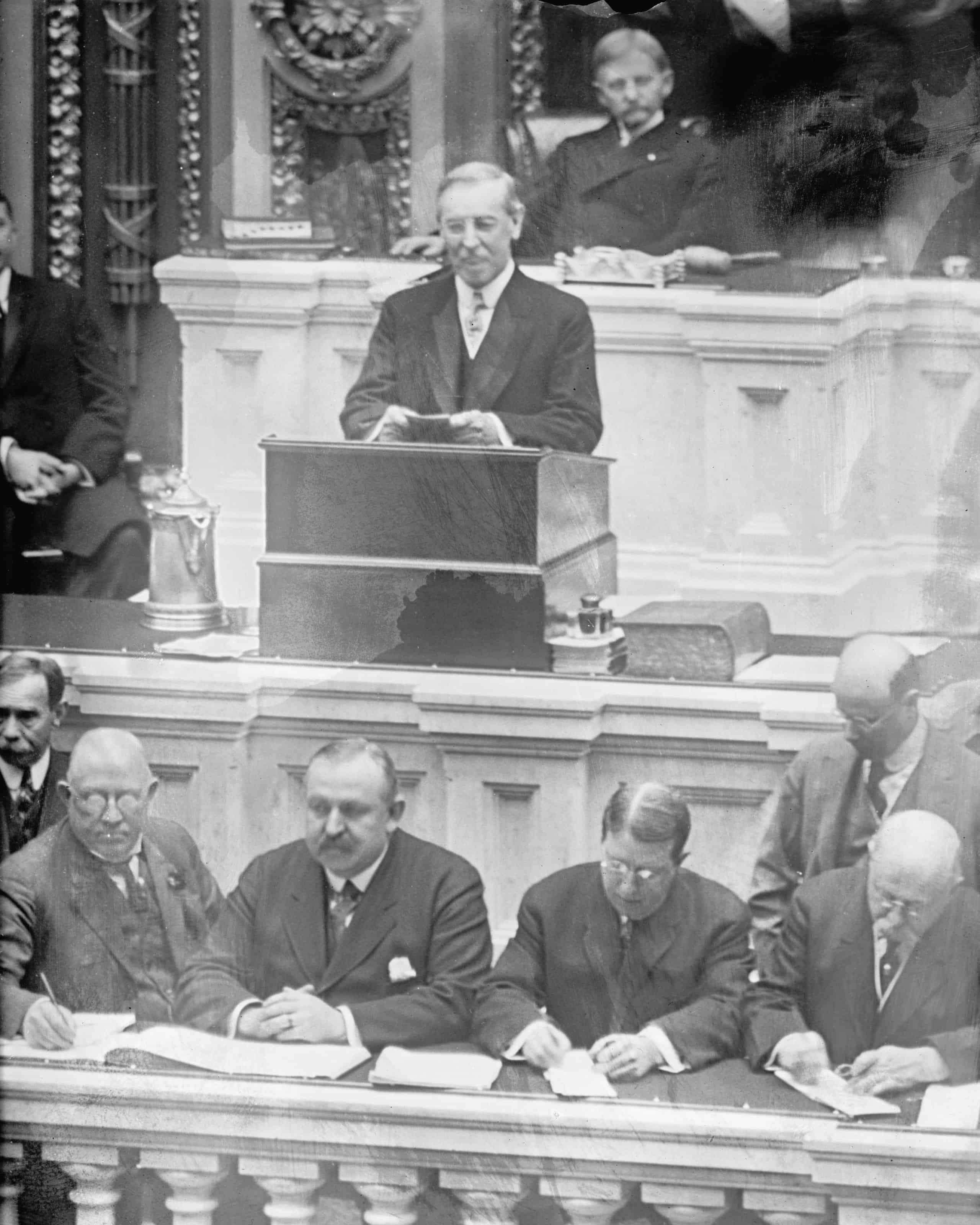
- Years in office: 1913 to 1921
President Woodrow Wilson, a Democratic president who ran from 1913 to 1921, is number one on this list. During their presidency, the national debt increased by 722 percent ($21.1 billion), which is an average annual increase of 30.1 percent ($2.6 billion).
He took a relatively low debt of $2.9 billion in 1913 and increased it to $24 billion by 1921. Though the actual dollars of debt he created wasn’t all that high, it’s the average annual percentage that makes it stunning.
ALERT: Take This Retirement Quiz Now (Sponsored)
Take the quiz below to get matched with a financial advisor today.
Each advisor has been vetted by SmartAsset and is held to a fiduciary standard to act in your best interests.
Here’s how it works:
1. Answer SmartAsset advisor match quiz
2. Review your pre-screened matches at your leisure. Check out the advisors’ profiles.
3. Speak with advisors at no cost to you. Have an introductory call on the phone or introduction in person and choose whom to work with in the future
Take the retirement quiz right here.
Thank you for reading! Have some feedback for us?
Contact the 24/7 Wall St. editorial team.

